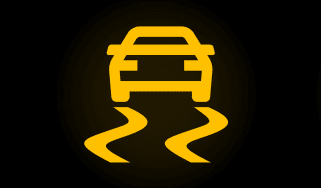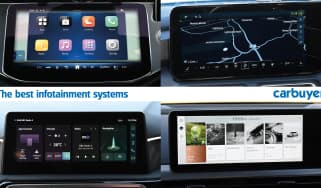What is regenerative braking? Pros, cons and how it works
Regenerative braking is often used in hybrid and electric cars, but what does it do?
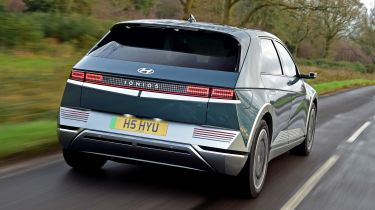
As hybrid and electric cars grow in popularity, many drivers are discovering the benefits of regenerative braking. It’s a clever technology that allows some energy to be recovered and stored in the car’s battery while braking. But how does it work, and how is it applied in everyday driving?
First of all, you won’t find regenerative braking in a traditional petrol or diesel car. That’s because regenerative braking is found in cars that use an electric motor, be it a mild hybrid, self-charging hybrid, plug-in hybrid, or fully-electric car. Regenerative braking slows down the car by turning its forward motion into electrical energy, which can then be stored in the battery.
There are many benefits to the system, including an improved range for EVs. Modern regenerative braking systems are designed to be pretty seamless, too, so you might not know it’s even working its magic. In some cars, however, you might need to adapt your driving style to get the most from regenerative braking. But don't worry, we’ll cover everything you need to know in this guide.
What does regenerative braking do?
Regenerative braking works very differently to traditional braking systems. Regular brakes work by applying friction, slowing your car down by turning forward motion into mainly heat energy, which is then dissipated.
This can be thought of as lost energy. In contrast, regenerative braking allows some energy to be recovered when slowing down. When you lift off the accelerator pedal or press the brake pedal in a car with regenerative braking, your car’s kinetic energy is partially converted into electric energy instead of heat, slowing down the car. This energy is then fed back into the battery.
From behind the wheel, the sensation is similar to applying the brakes in a traditional car. The car will slow down, although the rate at which it slows down varies from car to car. Regenerative braking is often adjustable, too. The driver can sometimes choose whether they want just a small amount of braking force when they lift off the accelerator, or a much stronger force that allows for ‘one-pedal driving’ in some cases.
It’s important to note that all hybrids and EVs still use traditional brakes as well as a regenerative braking system. That’s because regenerative braking alone can’t bring a car to a complete stop quickly, meaning it can’t perform a sudden emergency stop. Modern safety systems like traction control also require traditional brakes, as they work by adjusting the braking force at each individual wheel – something regenerative braking can’t do.
What are the advantages of regenerative braking?
There’s a lot to like about regenerative braking. The system recovers energy that would otherwise be lost as heat, helping to top up the battery in hybrid cars and EVs. This improves overall efficiency and can help to increase electric driving range. In hybrid cars, this can lead to better fuel economy.
Regenerative braking also helps minimise the impact of wear and tear on the car’s brakes. As regenerative braking provides much of the force needed to slow down the car, the regular brakes don’t have to be used as much. Consumable components like brake pads and discs won’t need to be replaced nearly as often as a traditional car, saving you money.
Many drivers also enjoy the feeling of regenerative braking as it enables them to drive using just the accelerator pedal – referred to as one-pedal driving – which can help reduce fatigue in urban driving.
What are the disadvantages of regenerative braking?
Perhaps the biggest disadvantage of regenerative braking is its learning curve. Depending on the car, it can take some time to get used to the sensation of slowing down when lifting off the accelerator pedal. Some drivers may find that they have to adapt their driving style to suit the system.
To combat this, we recommend starting off with regenerative braking set to its weakest setting, if your car allows it. You can then increase the intensity of regenerative braking as you learn to adapt your driving style. However, weak regenerative braking will provide very limited energy recovery – it’s best to learn how to use regenerative braking at its strongest setting for maximum efficiency.
That said, strong regenerative braking isn’t always what you want on faster roads and the motorway. In this scenario, it’s less desirable for the car to decelerate each time you ease off the accelerator pedal, so some drivers may prefer to switch it off.
How does regenerative braking work?
Regenerative braking works by converting kinetic energy – the motion of your car – into electrical energy. This conversion process is what slows down the car.
While driving in a hybrid or electric car, electrical energy from the battery is used to turn the electric motor. The rotation of the motor is what drives the wheels. When you accelerate, more current is applied to the motor, and it spins faster.
If you want to slow down, this process can be reversed. If you lift off the accelerator, you’re no longer applying a current to the motor, but it will continue to rotate as the forward momentum of the car continues to turn the wheels. As the motor rotates, it acts as a generator, converting the forward momentum of your car into electricity as the car slows down.
Think of it like a wind up torch. When you spin the handle, you’re spinning a small generator that powers the bulb. In the case of regenerative braking, the forward momentum of the car is spinning the motor, which recharges the battery instead of powering a bulb. The energy sent to the battery can then be redeployed when accelerating.
In practice, the system is far more complex, especially in cars that allow you to adjust the strength of regenerative braking.
More car technology explained
Recommended
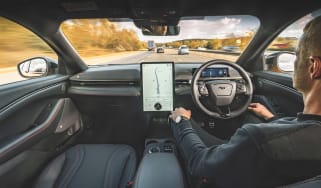
In-car safety assistance systems leaving drivers confused and dissatisfied
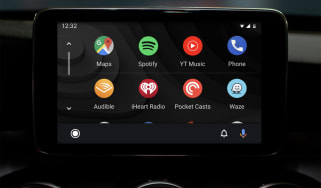
What is Android Auto? Apps, music and new gaming features
Most Popular
Tips & advice

Car dashboard warning lights: what does each symbol mean?

Electric car charging stations: public networks, charger types, apps and maps

